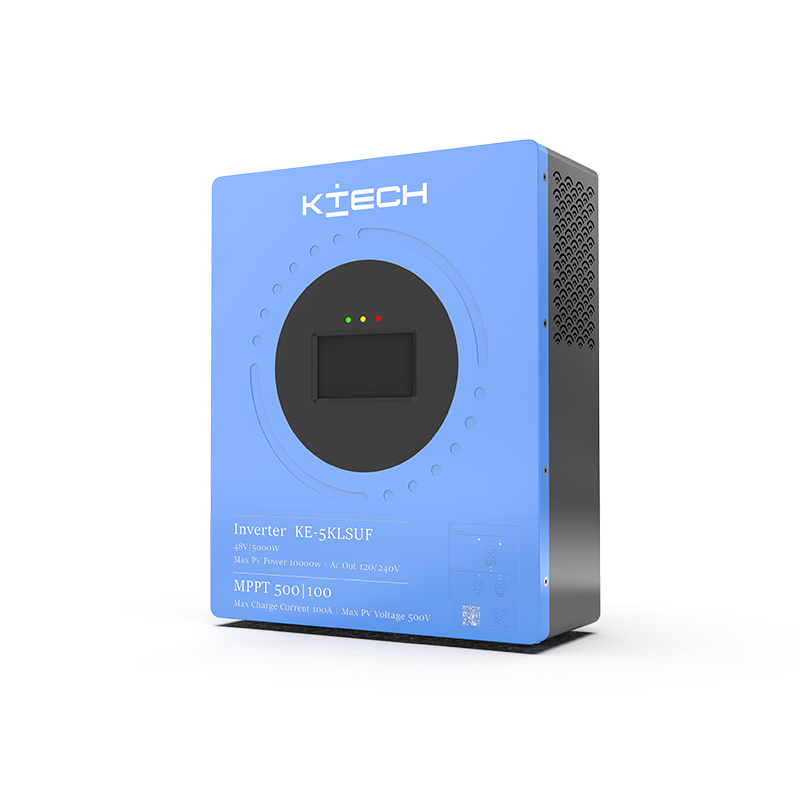
As a core component of an independent power system, the Off-grid inverter is responsible for converting DC power to AC load adaptation. Its design goal is to provide a stable AC power supply for scenarios that are disconnected from the public power grid. The working principle of the Off-grid inverter is based on the modulation and waveform reconstruction of the output energy of the energy storage device by power electronic devices. Different from grid-connected devices, the built-in intelligent management module of the device can autonomously coordinate the charging and discharging strategy to ensure the continuity of power consumption when the photovoltaic array or wind turbine provides intermittent power.

In terms of structural characteristics, the wide voltage input range makes the Off-grid inverter compatible with a variety of energy storage media, and the integration of the battery management system realizes the protection of overcharge and over-discharge. The optimization of the heat dissipation design balances the heat dissipation requirements under compact volume through the combination of air duct layout and shell thermal conductive materials. The application of electrical isolation technology eliminates the potential interference between the DC side and the AC side, ensuring the safe operation of sensitive electronic equipment.
Environmental adaptability is reflected in the tolerance to temperature and humidity fluctuations. The protection level design of the Off-grid inverter blocks dust and moisture from invading the circuit board. The multi-level protection mechanism covers abnormal conditions such as output short circuit, sudden load increase and reverse connection, and avoids hardware damage by quickly disconnecting the circuit.